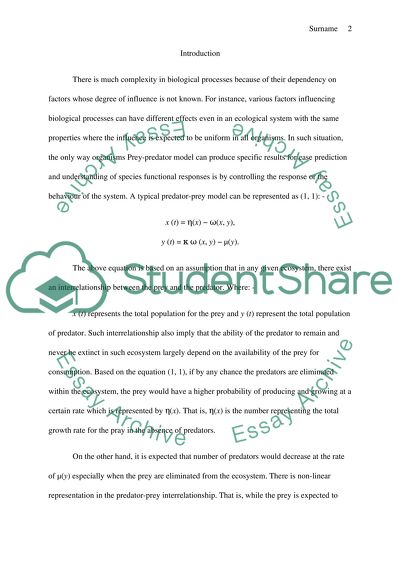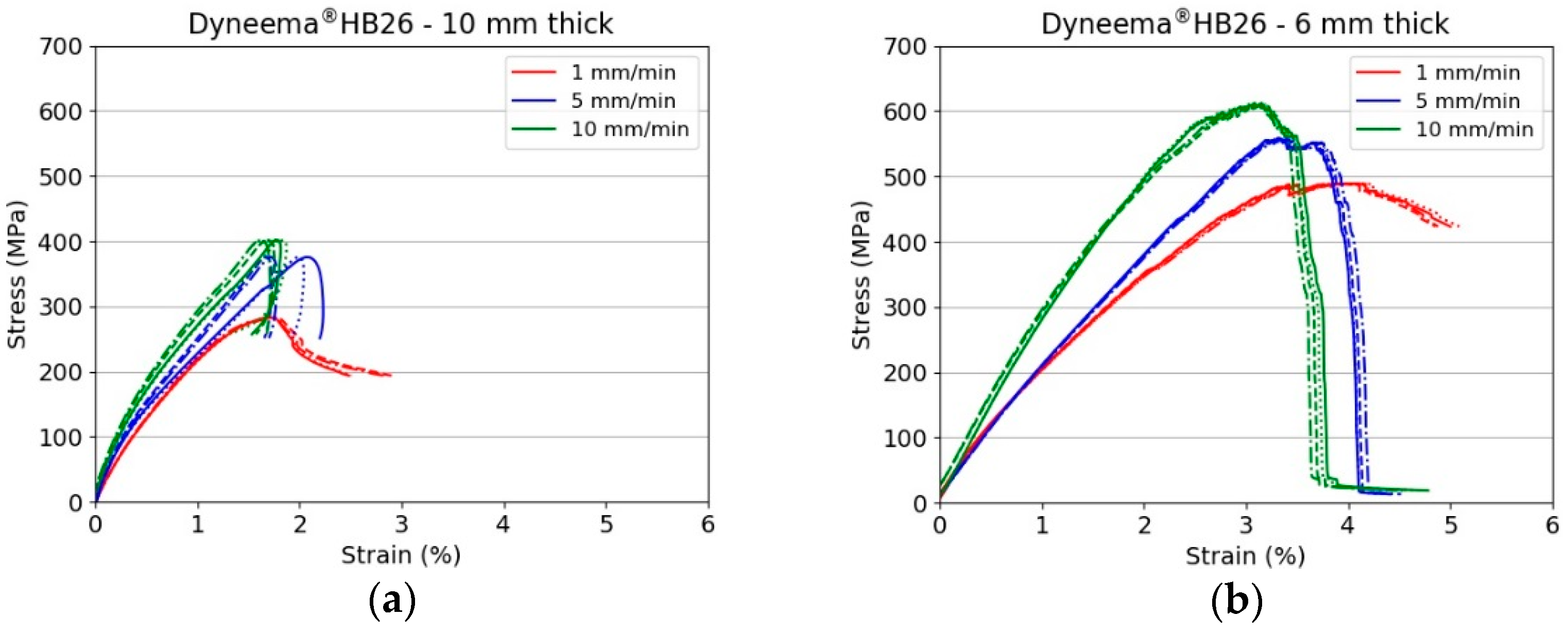Are you scouring the internet for 'properties of dyneema fibres biology essay'? You will find the answers here.
Table of contents
- Properties of dyneema fibres biology essay in 2021
- Properties of dietary fibre
- Properties of natural fibres pdf
- Dyneema dsm
- Seed fibers
- Dyneema sk75 specifications
- Uhmwpe dyneema
- Plant fibres wikipedia
Properties of dyneema fibres biology essay in 2021
 This image demonstrates properties of dyneema fibres biology essay.
This image demonstrates properties of dyneema fibres biology essay.
Properties of dietary fibre
 This image illustrates Properties of dietary fibre.
This image illustrates Properties of dietary fibre.
Properties of natural fibres pdf
 This picture shows Properties of natural fibres pdf.
This picture shows Properties of natural fibres pdf.
Dyneema dsm
 This image illustrates Dyneema dsm.
This image illustrates Dyneema dsm.
Seed fibers
 This picture demonstrates Seed fibers.
This picture demonstrates Seed fibers.
Dyneema sk75 specifications
 This image demonstrates Dyneema sk75 specifications.
This image demonstrates Dyneema sk75 specifications.
Uhmwpe dyneema
 This picture illustrates Uhmwpe dyneema.
This picture illustrates Uhmwpe dyneema.
Plant fibres wikipedia
 This image illustrates Plant fibres wikipedia.
This image illustrates Plant fibres wikipedia.
What are the properties of a textile fiber?
Textile fibers are those which have properties that allow them to be spun into yarn or directly made into fabric. This means they need to be strong enough to hold their shape, flexible enough to be shaped into a fabric or yarn, elastic enough to stretch, and durable enough to last.
What kind of structure do natural fibers have?
For example, polyester and nylon fibers usually have smooth surface and round cross-sectional structures, while natural fibers such as cotton and wool have rough surface structures and irregular cross-sectional shapes. Fiber structure in reinforced molded components is directly related to the process.
Which is better natural fibers or synthetic fibers?
Clothing which is made up of natural fibers (like cotton) are usually preferred over the clothes that are made up of synthetic fibers, especially by the people who live in hot and humid regions. Natural fibres are broadly classified into two categories – Plant fibres and animal fibres.
How do you draw molecules from synthetic fibres?
It involves heating the fiber until it begins to melt, then you must draw out the melt with tweezers as quickly as possible. The next step would be to draw the molecules by aligning them in a parallel arrangement.
Last Update: Oct 2021
Leave a reply
Comments
Mecislaus
20.10.2021 11:18Perceptive the thickness outcome on the tractile strength property of dyneema®hb26 laminates.